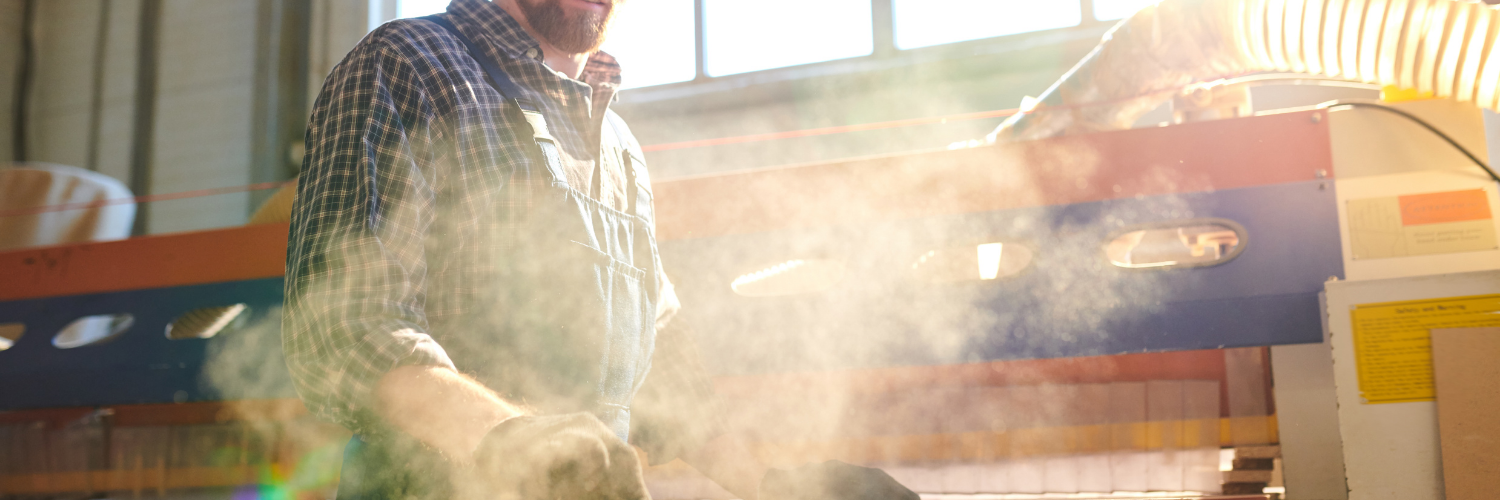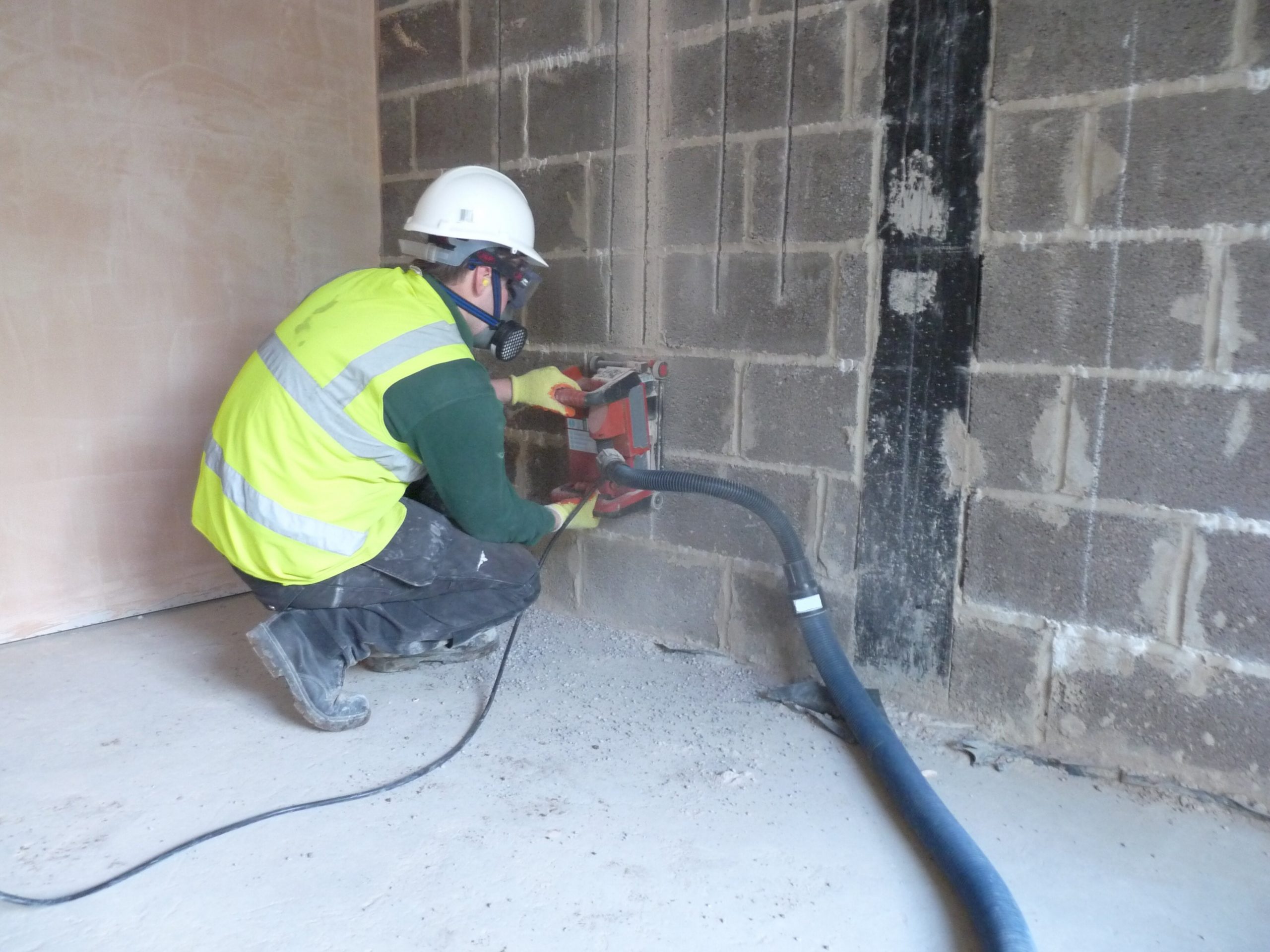The Basics of COSHH
COSHH is an abbreviation for Control Of Substances Hazardous to Health. Substances that are hazardous to our health have been around as long as mankind itself and although not all of them appear to be hazardous, many substances can cause risks to your health and safety if you don’t handle them properly. What is covered […]










